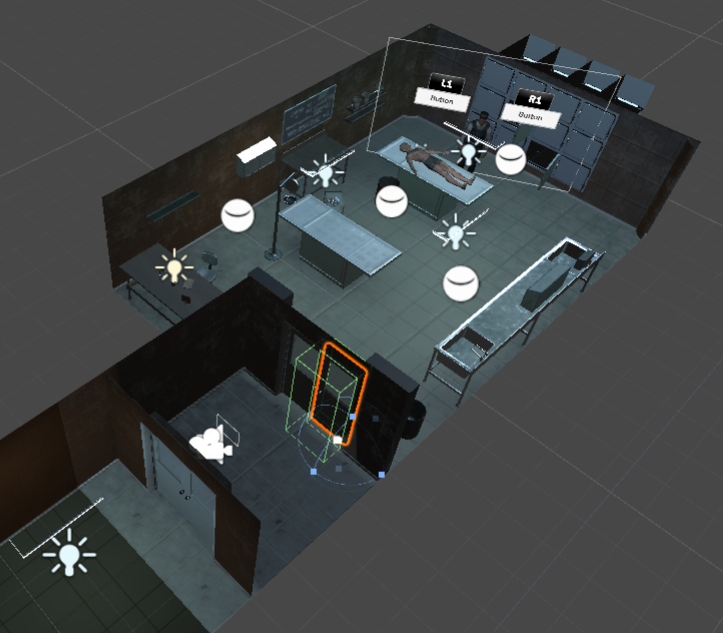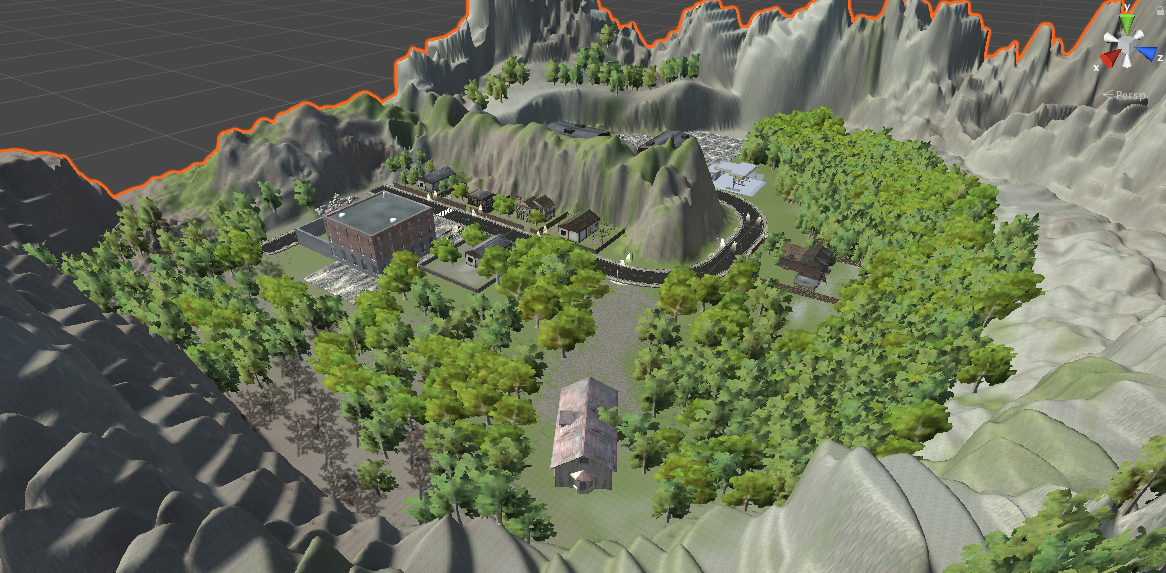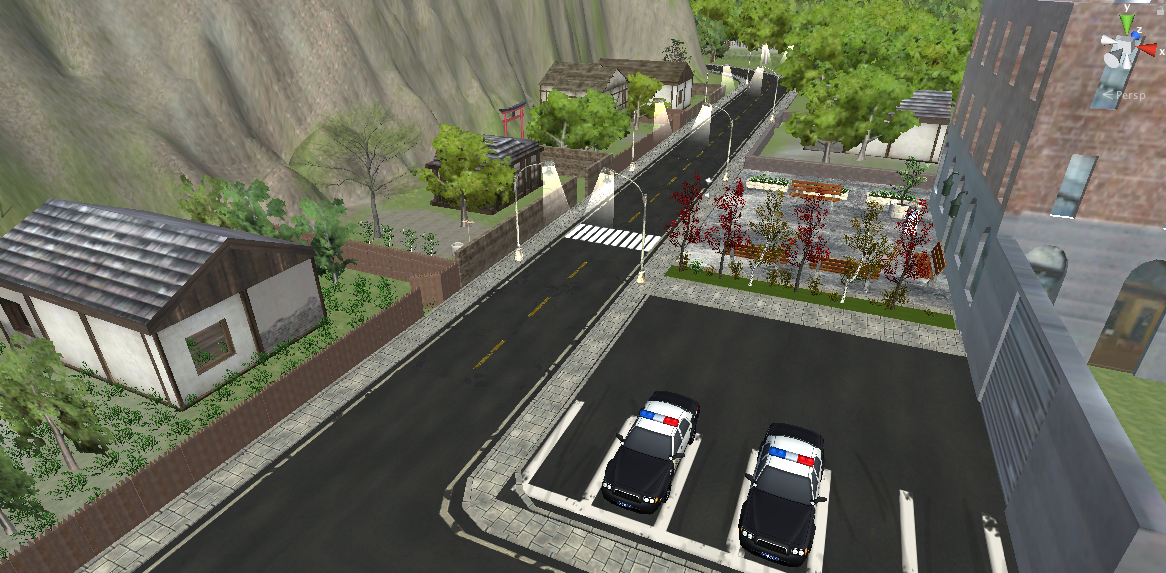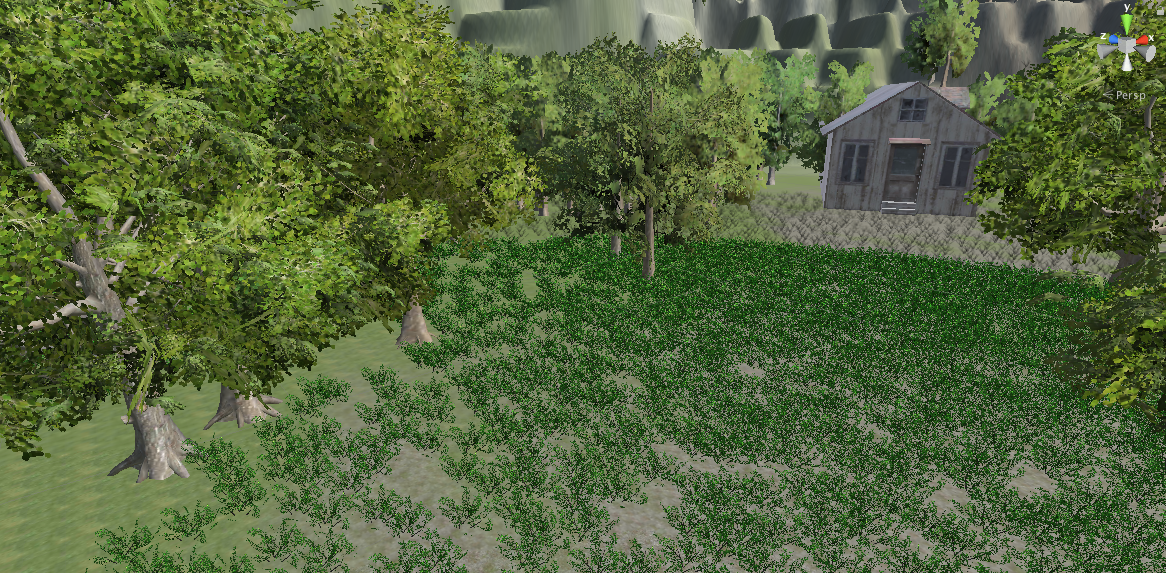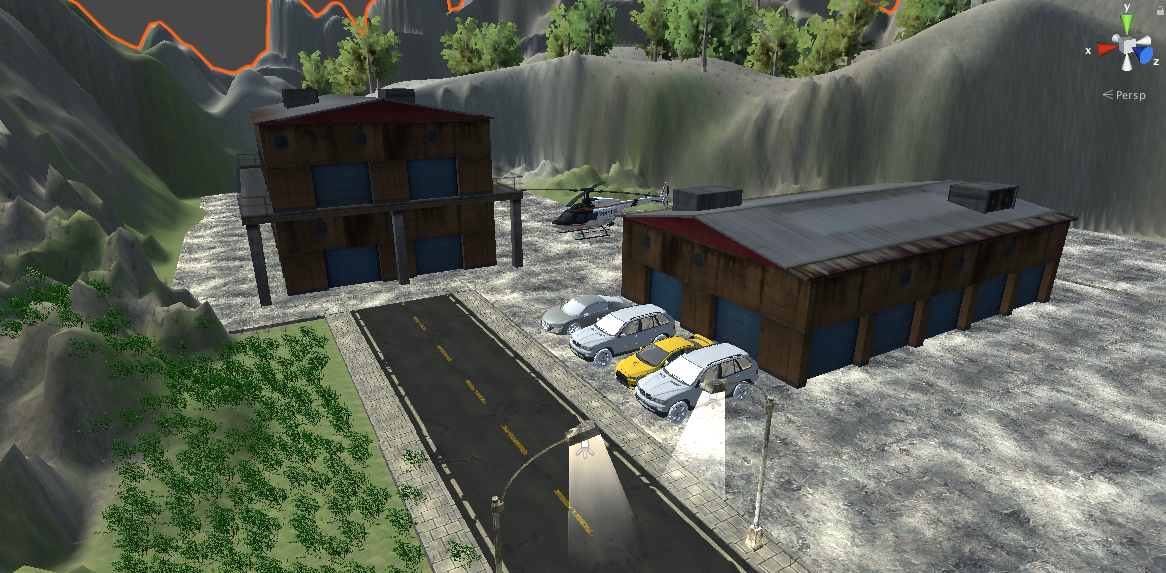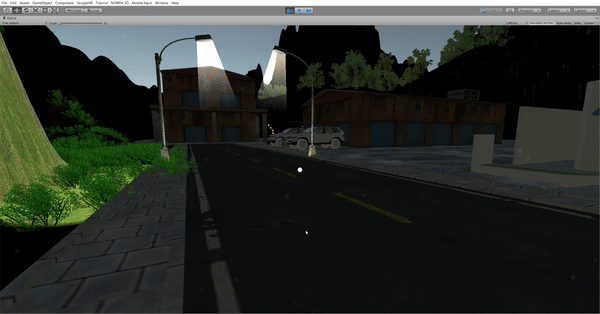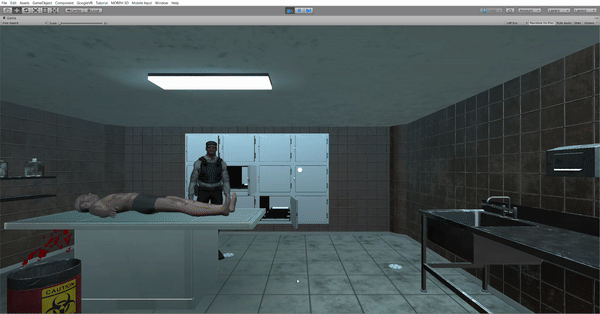Implementation of a Virtual Reality (VR) game for the subject Intelligent Interfaces of the Computer Science & engineering degree at La Laguna University ( ULL )
Description • Characters • Scenes • Controls • Programming landmarks • Virtual Reality • Execution • Tasks • Problems • Future Lines • Authors
The inspirations behind this virtual reality game are the classical detective stories where the user has to solve a crime by collecting each of the clues that are spread out of the map, and at the same time tries to avoid the enemies.
The player of the videogame becomes the detective that has to solve the crime. As it is a virtual reality game it is really convenient to adapt the different scenes to the point of view of the main character.
The enemies are the ones that commited the crime. they are initially placed at one point of the map, but when we start the scene, they are going to try to follow the main player thought the map. We need to avoid them because if they collide with us, we automatically lose the game.
In this videogame it is really important to create a good level of inmersion, so we have to do a really difficult job of creating both of the two scenes.
The videogame starts with this scene. The player feels inmersed in the morgue, the place where the dead body is placed.
In this scene we talk with our police workmate (chatbot), who explains us what has happened in the crime and what we have to do solve it.
After knowing that we have to collect all the clues to solve the crime, we are introduced to the main scene of the game. This is the landscape of the village where all the game is set.
In the design of the scene we focus on the thriller atmosphere that we wanted to create. We sat the police station and the main street of the village. creating an accurate representation of an street with paviment, roads, traffic lights, rubbish bins,...
Also, it was important to create the different houses of the village, decorating them with garden and other elements.
We also placed a house on the forest, where it was located one of the clues of the crime. This house was less accesible, with the aim of adding difficulty to the game. The house was also well ambiented, placing the clue on the side of it.
One of the main parts of the scene is the abandoned factory. In this part of the map is where the enemies are initially located and also where other clue is placed. With this, we tried to add difficulty to the game, so you have to go to the place where the enemies are to collect all the clues.
To control the execution of the game we added a Playstation 3 controller. With this gamepad we can control the movement of the main character throught the map. and with the movement of our head we can control the vision point.
The playstation controls used in the game are the following:
| Playstation button | Action |
|---|---|
| Game pad move | Movement of the player throught the map. |
| Square | Show inventory |
| L1 | Interaction with the chatbot police (morgue scene) |
| L2 | Interaction with the chatbot police (morgue scene) |
- Complex models and landscapes: We added moving models (enemies) and complex scene ambientation.
- Complex character actions: Characters interact with different scene elements and generate particle systems, for example when we add a clue to the inventory.
- Characters variety: We added different types of characters, such as the enemies and the police chatbox, which generate different results depending on the interaction.
- development complexity: we added a
GameControllerclass to manage all the events generated by the complex interactions between the characters. - Inmersion: We deeply took care of the videogame inmersion, adding complex elements such as music ambience.
- VR Interaction: To enhance the vr interaction we added a Playstation 3 gamepad.
- Chatbot: The police workmate that explains the story and the objectives to the main player is implemented as ChatBot with DialogFlow.
- Sensors: Microphone, acelerometer and gyroscope interaction was added in previous assignments. Check out: Intelligent interfaces assignments
The virtual reality recomendations that we have followed are:
- The user has the control of the movement of the player with the gamepad and with the head.
- Use of a reticle.
- Included visual and audio effects, as well as ambience music.
- The distance between the player and the user interfaces is optimal (3m)
To commit this project we have to conduct the following tasks:
- Story creation: @AlberTJ97
- Story script: @CristianAbrante
- Morgue Scene ambientation: @CristianAbrante
- Village Scene ambientation: @CristianAbrante
- Chatbot implementation: @AlberTJ97
- Chatbot interaction: @AlberTJ97
- VR assests: @AlberTJ97
- Gamepad interaction: @AlberTJ97
- Inventory implementation: @AlberTJ97
- Enemies implementation: @CristianAbrante
The issues that we have faced during the development of the videogame are the following:
- Find accurate assets: Our videogame requires a good level of ambientation, so finding assets adjusted to the story is really difficult, considering our zero budget.
- Execution of unity: Unity requires a lot of computational resources to work well with heavy projects (like ours). As we do not have mutch powerful computers it was really difficult to complete the scenes.
- Collaborate in the project: Unity is not fully integrated with github and other version control systems, so working symultaneously in such a large project was really diffcult.
Th future lines of development are:
- Create better ambientation with more accurate assets.
- Create a more complex story, with mores scenes and characters.
- Create more intelligent enemies, and different types.
- Alberto Jesús González Álvarez - AlberTJ97
- Cristian Abrante Dorta - CristianAbrante


